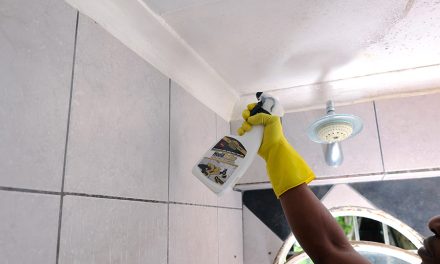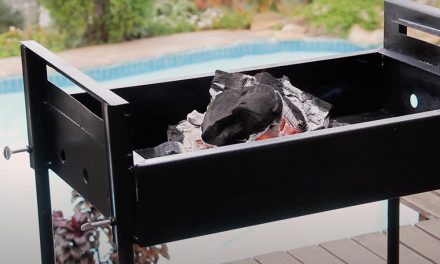To keep your home warm and airtight for the chill of winter, you’ll need to close the gaps, cover up the cracks, and keep everything well insulated.

Find the leaks
Leaks are usually from cracks and gaps in the frames of doors and windows. Other less obvious places include vents, or cracks in the walls – along with gaps around pipes and foundation seals. If you can rattle a door or window frame, or see daylight around it, then you’re probably dealing with a leak. These small leaks, which are quite common in older homes, can often be fixed with a caulking gun and building sealant.
Struggling to find a thermal leak? Here’s a Builders tip: shut all the doors and windows (and, if you have one, the fireplace flue), then light an incense stick or candle and pass it around the edges of these fixtures. If the wick smokes or the flame flickers and gets sucked out or blown into the room, you’ve found a draught.

Fix the leaks
Most cracks can be filled with caulk or sealant. Wood filler does the job on narrow gaps; caulk or sealant on slightly wider gaps; and a dual-type wood filler foam on the wide gaps. Be careful with the filler foam, though: it expands rapidly, so you’ll have to trim the excess away.
Fillers come in small tubs, while foams come in larger spray cans. Among fillers, ProLong Timber-Fill is a good option as it can be applied to interior or exterior wood surfaces. Alcolin Woodfiller, meanwhile, is available in a range of colours. Simply match it to the surface you’re working on, and you’ll have a seamless finish.
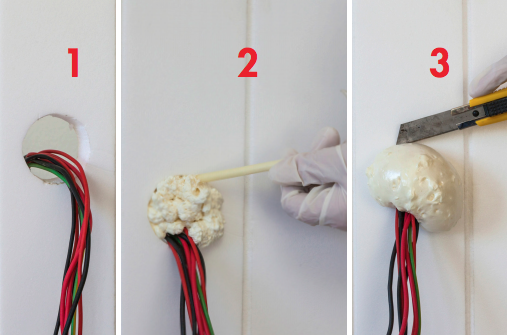
Filler foam
Among filler foams, Alcolin Filla Foam is a typical example of a moisture-curing expanding polyurethane foam which holds its shape (not expanding, shrinking or decaying) once it’s cured. Soudal Gap Filling Expanding Foam, meanwhile, has an easy-to-control one-hand trigger system. The foam adheres to all common building materials, and is resistant to water, heat and ageing.
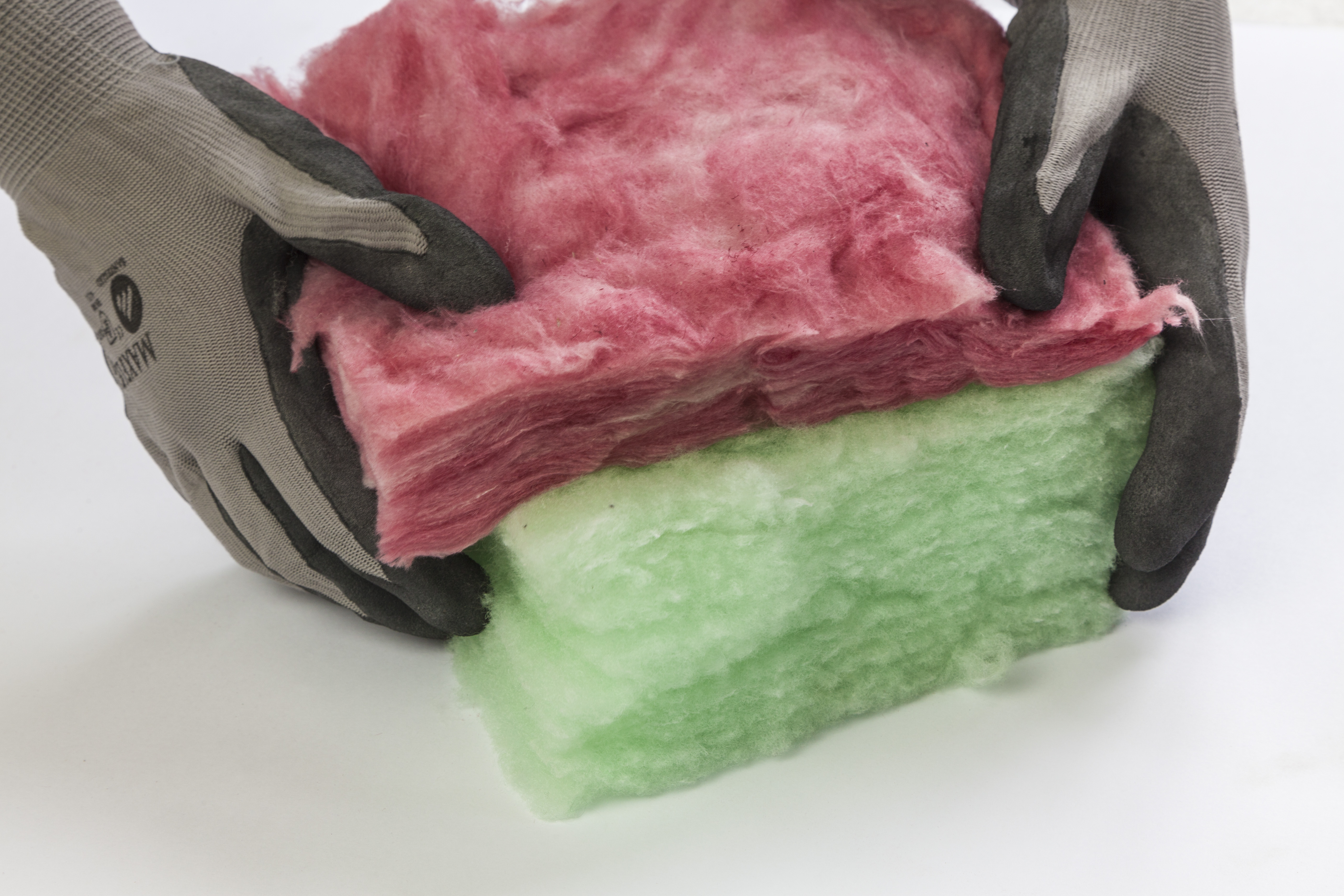
Insulate your roof
Hot air rises and in winter, that means you’re losing heat to the roof through the ceiling. A layer of blanket insulation will help keep the heat inside your home. If you have a loft area that you use, simply move the layer of insulation up a level, so that it’s sealed in the rafters, up tight against the roof itself. Isover Think Pink Aerolite is one of the most widely used forms of roof insulation. It’s easy to work with; just be sure to wear protective gear, as it can make you itchy and the tiny fibres can be harmful to you if breathed in. Roll the insulation out from the far corner, working towards the centre of the roof area. If you have recessed lighting (downlights) in your ceiling, remember to keep the insulation at least 10 centimetres away from the lighting fixtures. Contact could cause it to overheat and while fibreglass insulation is non-combustible, your wooden rafters could easily catch fire.
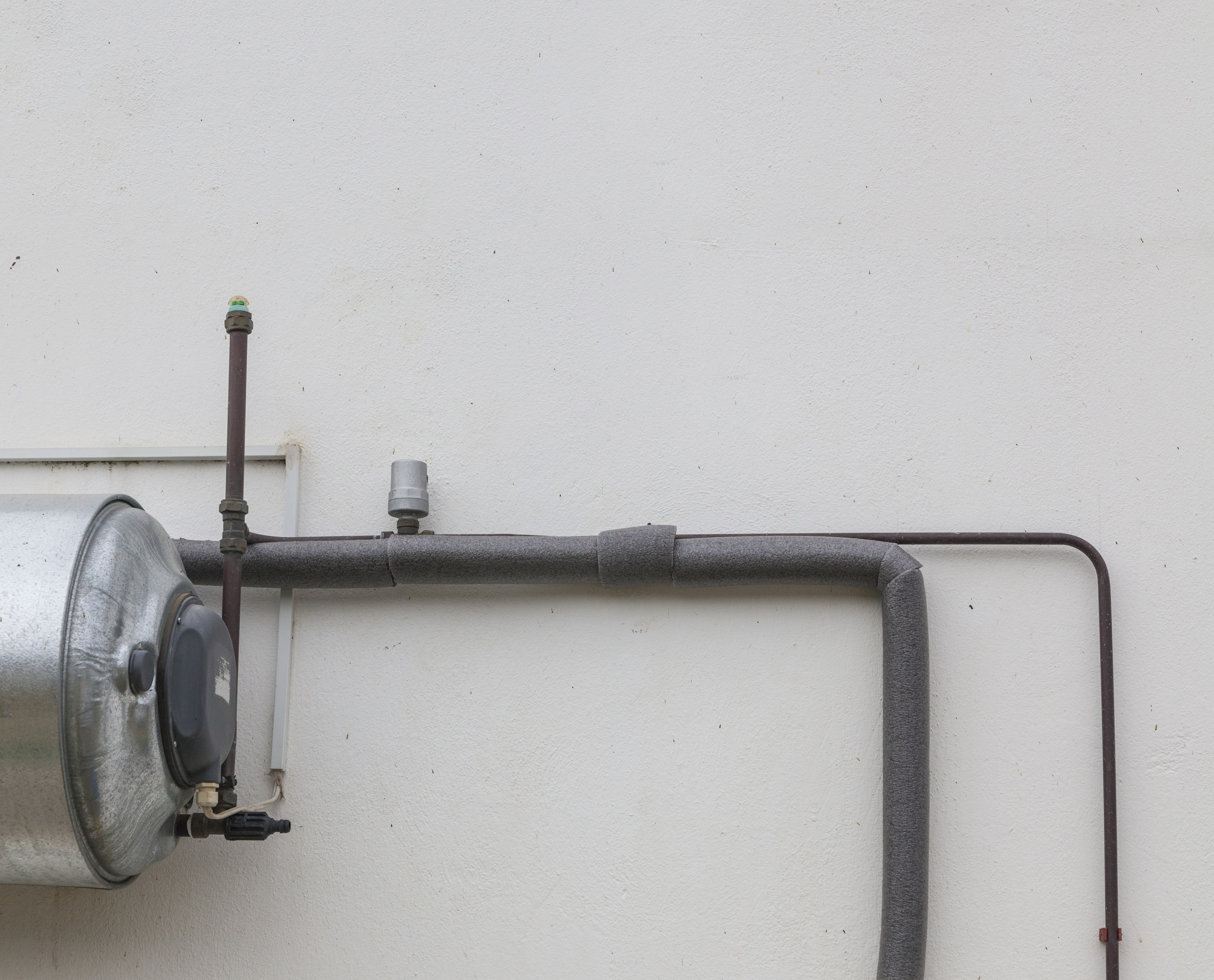
Insulate your pipes
In most areas, you’re unlikely to get frozen pipes (South Africa’s winters are cold, but not that cold!), but if your pipes aren’t adequately insulated you will lose heat to the air in the water.

Thermaplex
Thermaflex pipe insulation is easy to install and helps to keep your pipes warm. Simply wrap it around the length of the pipe, making sure no part is exposed before positioning the saddle clips to keep it in place.
Products to buy
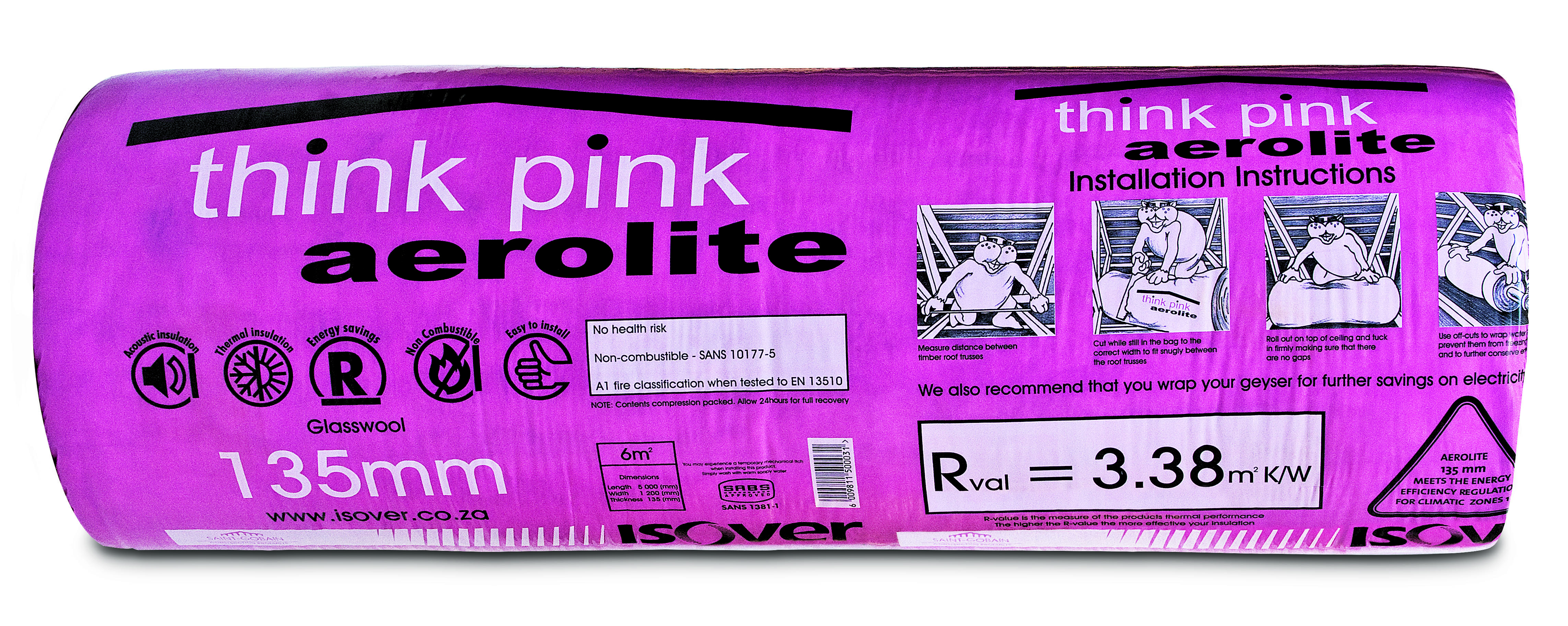
Aerolite

Gloves

Goggles
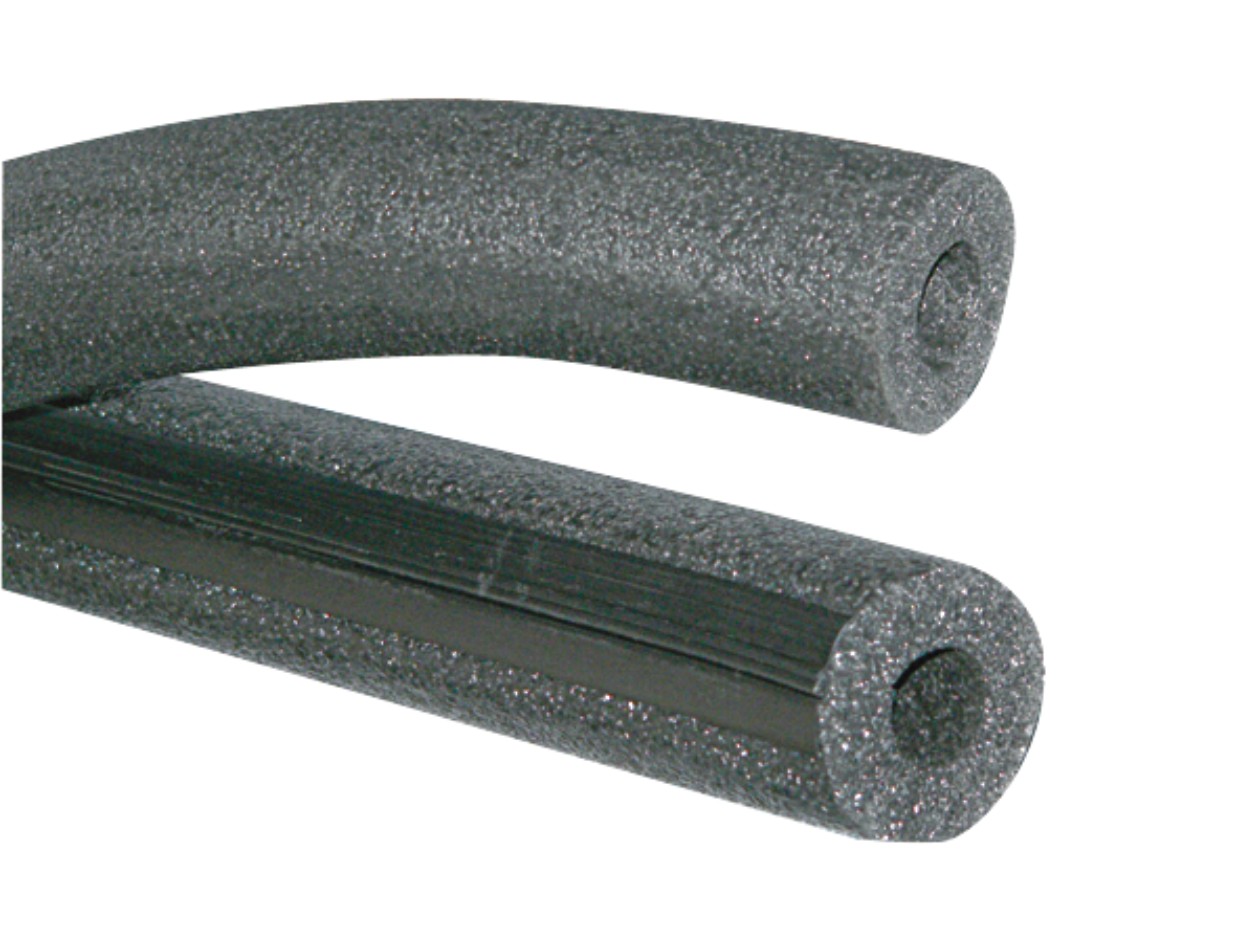
Thermaplex pipe
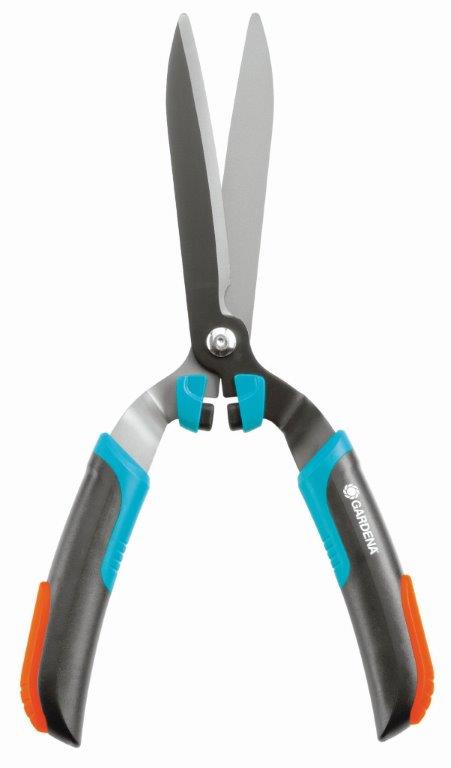
Box cutter
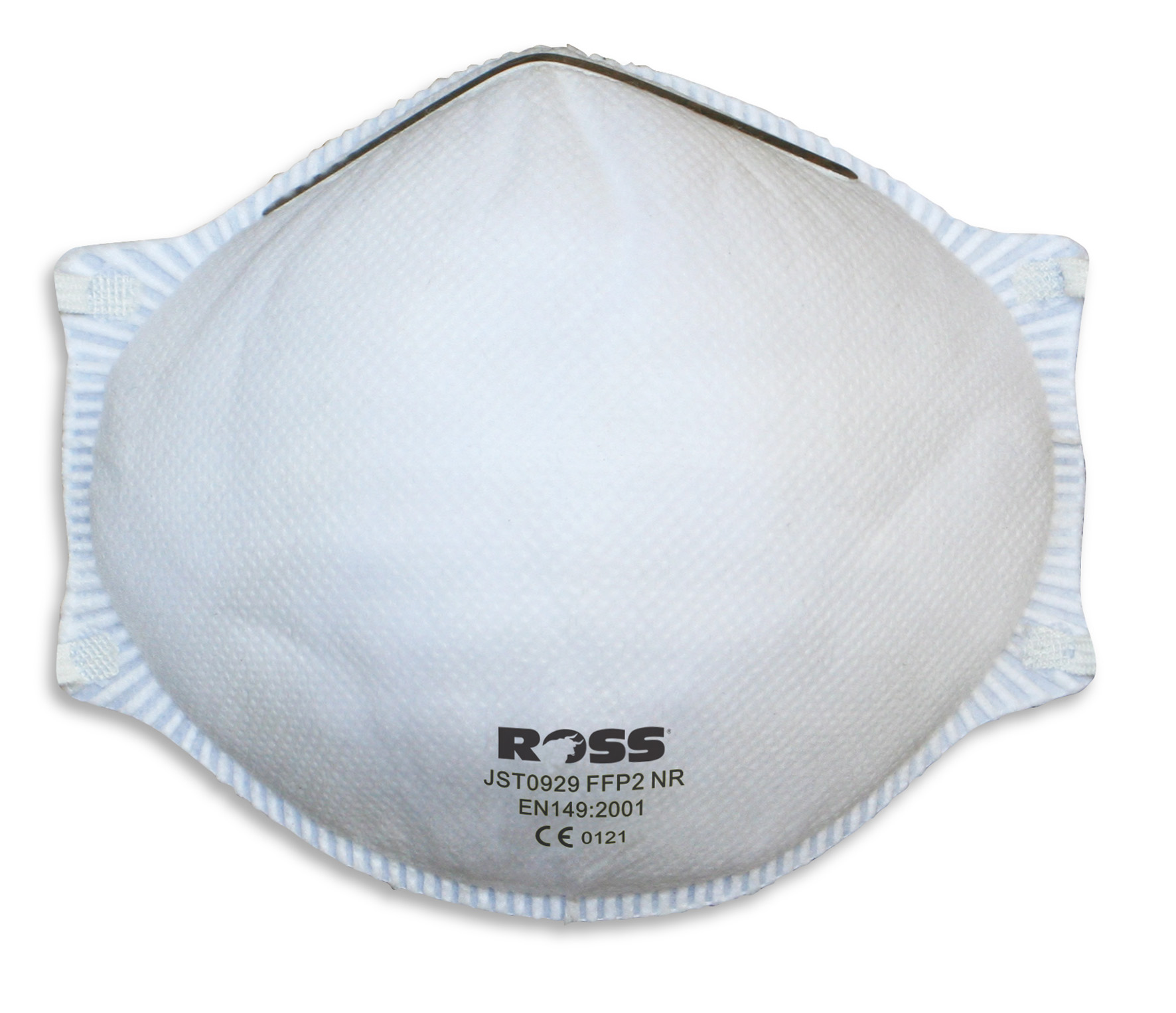
Face mask

Duct-tape




